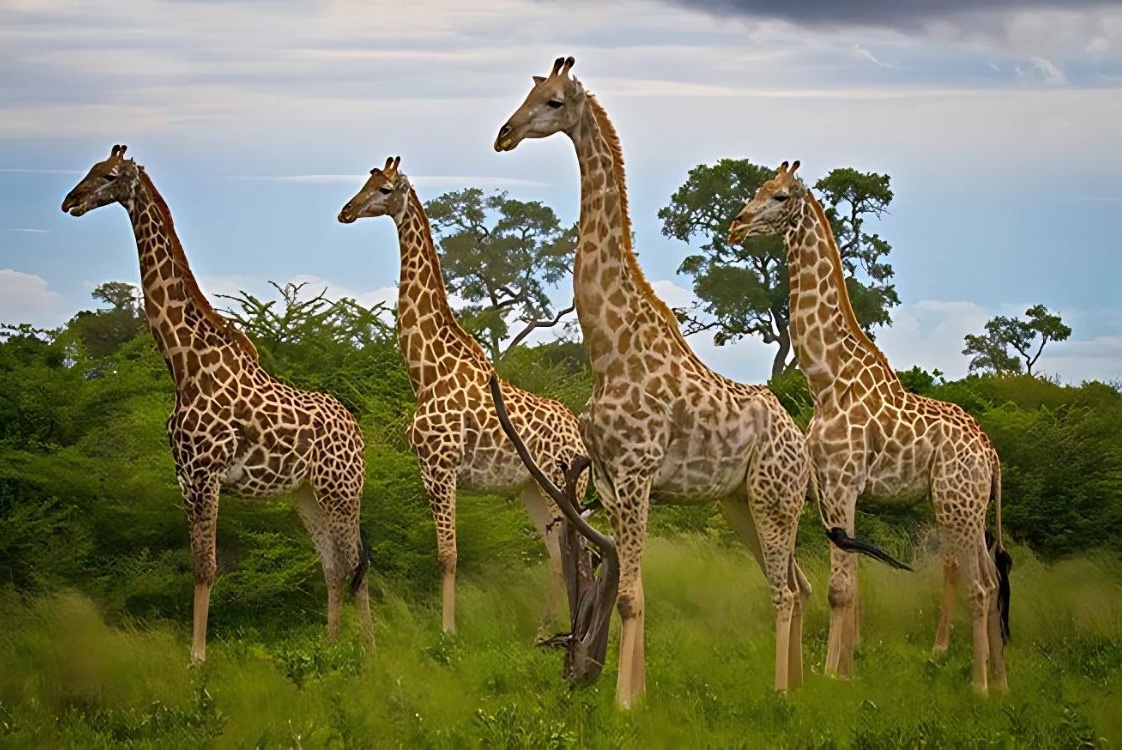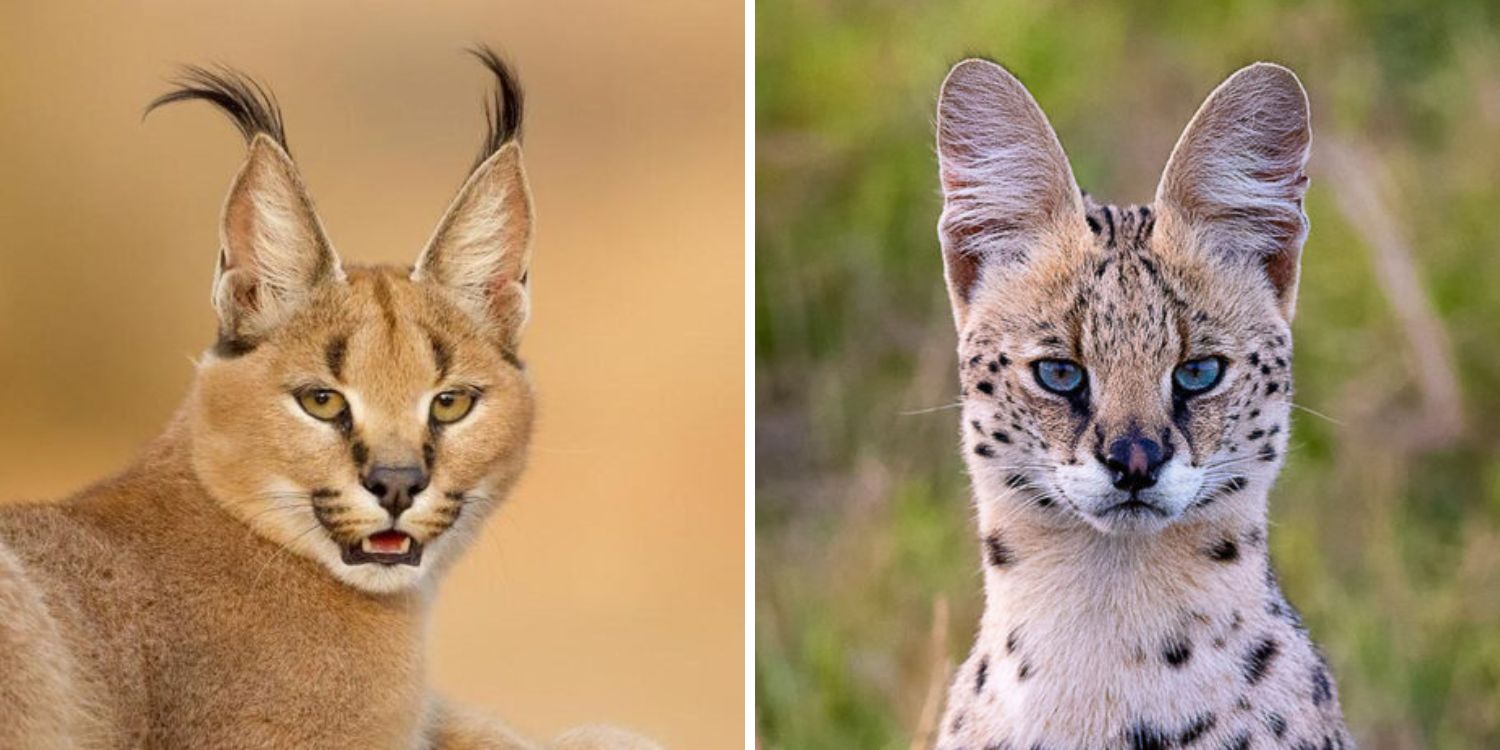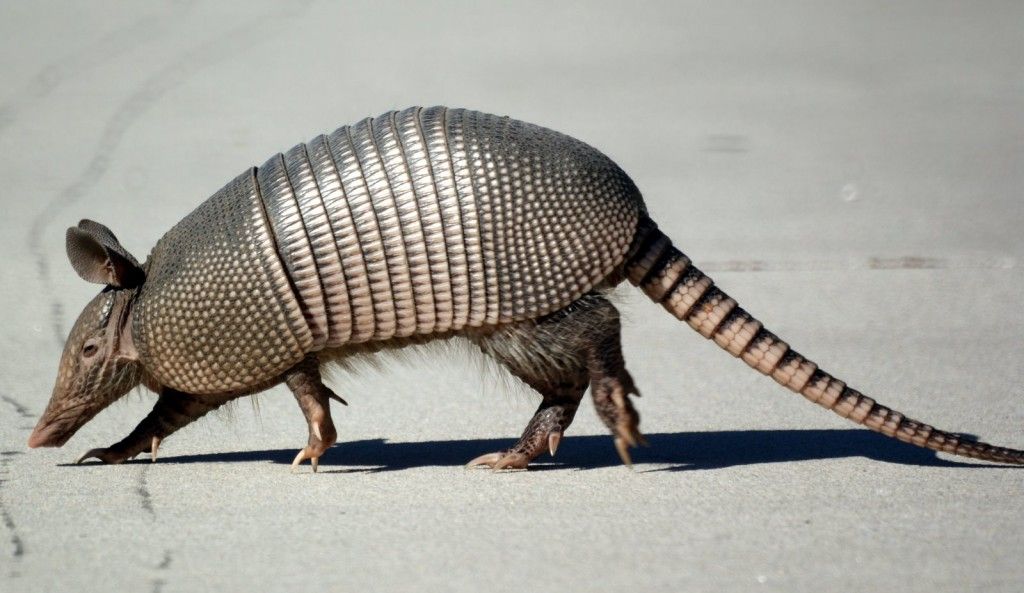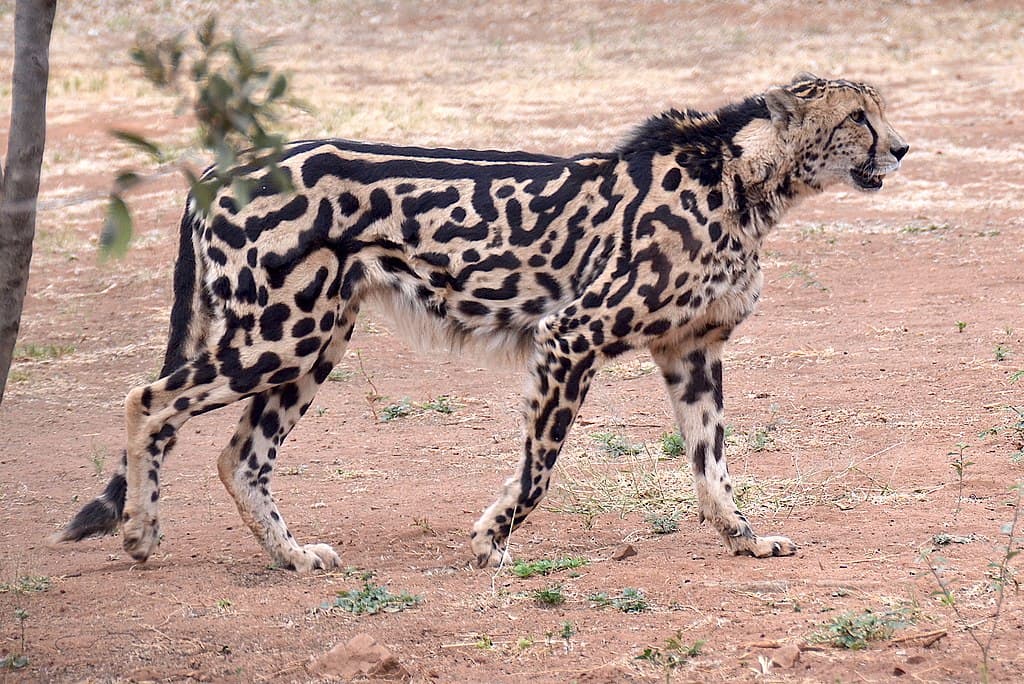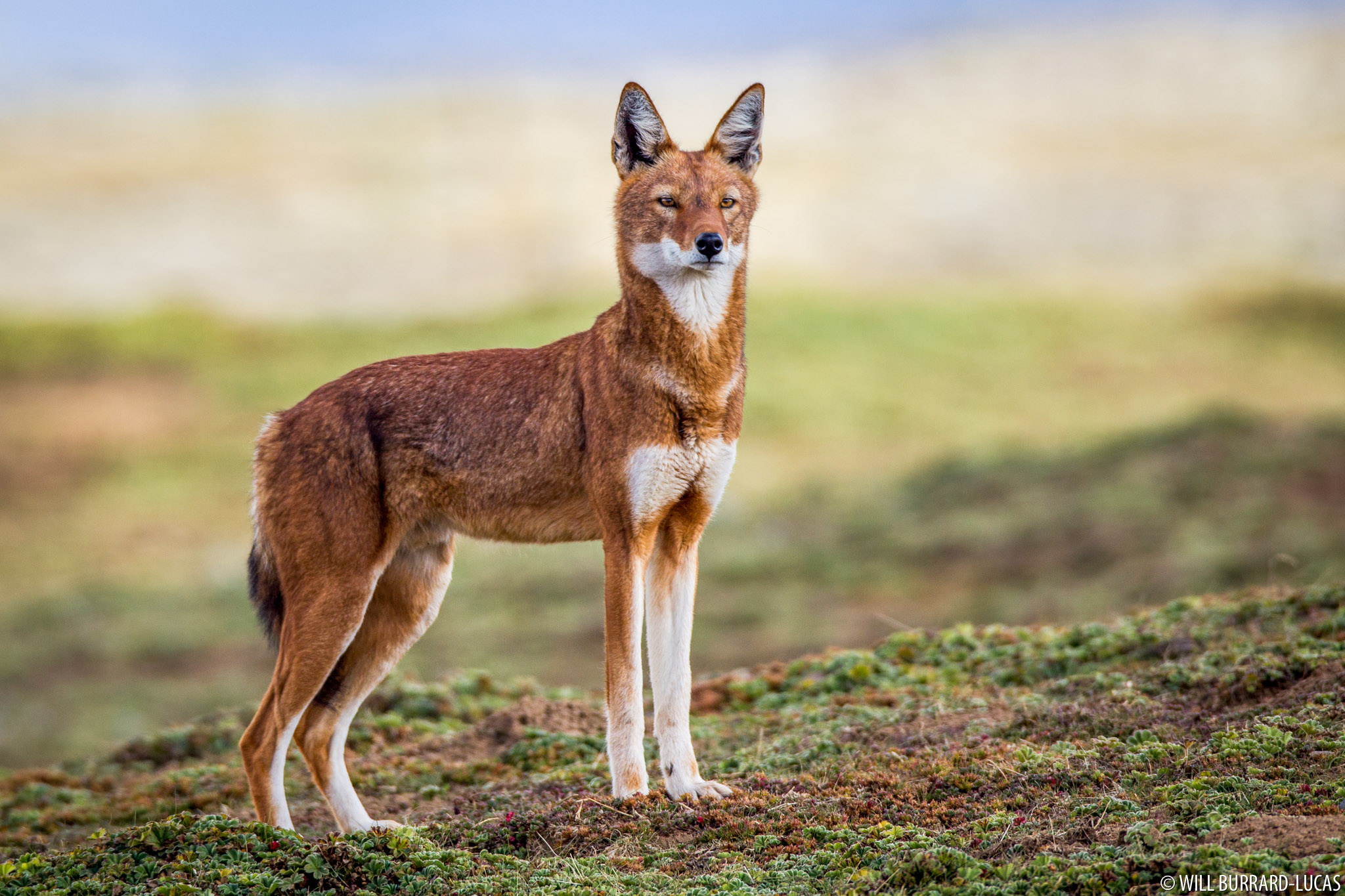
Graceful, towering, and quietly charismatic, the Southern giraffe (Giraffa giraffa) is one of Africa’s most beloved giants. Often seen browsing beneath the open skies of Namibia, Botswana, and South Africa, this giraffe species stands as a symbol of resilience in a changing world.
Among the four recognized species of giraffe, the Southern giraffe is the most numerous, but that doesn’t mean it’s entirely out of danger.
Where Do Southern Giraffes Live?
As the name suggests, Southern giraffes are found in southern Africa, specifically in:
- Namibia
- Botswana
- South Africa
- Zimbabwe
- Parts of Mozambique and Zambia
They prefer savannas, woodlands, and open bushlands, where they roam freely in protected reserves and national parks.
What Do Southern Giraffes Look Like?
The Southern giraffe is often described as having a warm, golden tan coat with rounded or star-shaped patches. Their patterns are not as sharp-edged as those of the Northern giraffe, and they lack the clean white lines seen in the Reticulated giraffe.
Two subspecies fall under the Southern giraffe:
- South African giraffe (Giraffa giraffa giraffa): Rich orange-brown patches with light tan lines
- Angolan giraffe (Giraffa giraffa angolensis): Paler overall with less distinct patches, often found in dry, desert-like areas
Height: Males can grow up to 18 feet, while females average around 15 feet
What Do Southern Giraffes Eat?
Like all giraffes, Southern giraffes are browsers, feeding mostly on leaves, flowers, seedpods, and fruits from tall trees. Their favorite? Acacia, despite its sharp thorns.
Their long, black tongues (up to 18 inches) are not only prehensile but tough enough to handle thorny vegetation with ease.
Behavior and Social Life
Southern giraffes live in loose, open herds that can shift in size and membership over time. Females and young often form groups, while males may be solitary or travel with bachelor herds.
Males engage in “necking” battles—a gentle-sounding term for powerful duels using their necks to establish dominance.
Giraffes are non-territorial and generally peaceful, spending most of their time eating, walking, and watching for predators from great heights.
Conservation Status: A Cautious Optimism
The Southern giraffe is listed as Least Concern by the IUCN, thanks to relatively stable populations and effective protection in many parts of its range. In fact, it’s the most populous giraffe species, with an estimated over 50,000 individuals in the wild.
However, that doesn’t mean they’re entirely safe. Habitat loss, illegal hunting, and fencing that restricts movement continue to pose threats in some regions. Conservationists monitor populations closely and work with communities to ensure these giraffes have space to thrive.
Why the Southern Giraffe Matters
Giraffes are essential parts of their ecosystems. By browsing treetops, they:
- Shape plant growth
- Help spread seeds
- Create pathways for smaller animals
They’re also a huge draw for ecotourism, supporting local economies and conservation efforts alike.
Final Thought
The Southern giraffe may be doing better than its cousins, but it still depends on continued protection to ensure its future. With its elegant walk, starry coat, and peaceful demeanor, the Southern giraffe is a living reminder of Africa’s wild beauty—one that deserves to be celebrated and safeguarded.
See also: FAQ: How Many Types of Giraffes Are There?
More photos below ↓






Disclaimer: This blog post is for edutainment purposes only and may not be entirely accurate.

